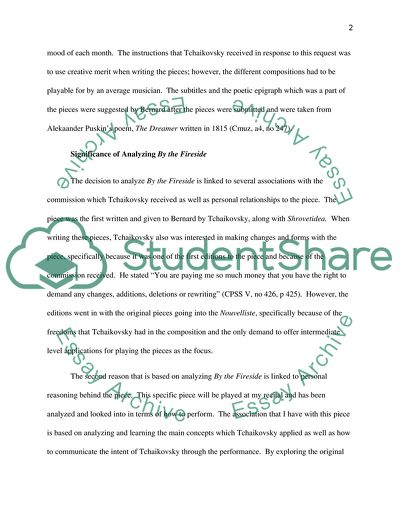Cite this document
(Music, Talent, and Performance - A Conservatory Cultural System Research Paper, n.d.)
Music, Talent, and Performance - A Conservatory Cultural System Research Paper. Retrieved from https://studentshare.org/culture/1744712-music
Music, Talent, and Performance - A Conservatory Cultural System Research Paper. Retrieved from https://studentshare.org/culture/1744712-music
(Music, Talent, and Performance - A Conservatory Cultural System Research Paper)
Music, Talent, and Performance - A Conservatory Cultural System Research Paper. https://studentshare.org/culture/1744712-music.
Music, Talent, and Performance - A Conservatory Cultural System Research Paper. https://studentshare.org/culture/1744712-music.
“Music, Talent, and Performance - A Conservatory Cultural System Research Paper”, n.d. https://studentshare.org/culture/1744712-music.


